We pride ourselves at Davey Tree on providing prompt, professional and personalized service from certified arborists that live, work and engage in your community. Contact one of our Davey Tree specialists for your residential, commercial, utility, or environmental needs.
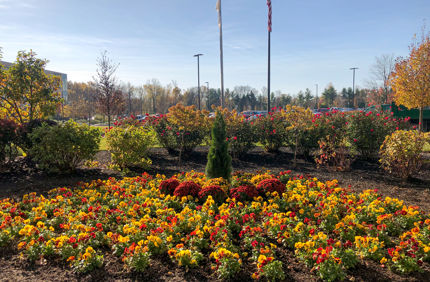
Parks & Trails
Since 2003, Davey has helped historic Grant’s Farm in St. Louis, MO foster a safe, family-centered park through tree pruning and plant health care.
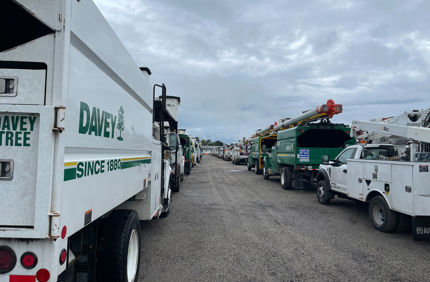
Electric Investor-Owned Utility
Davey mobilized over 800 employees in five states to help clear fallen trees and limbs from utility rights-of-way, roadways, and other areas to help restore power.
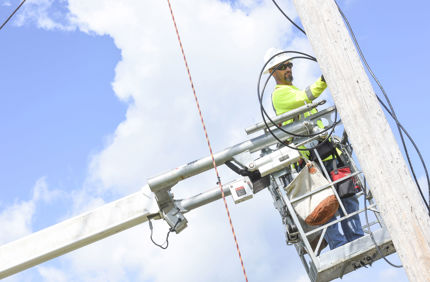
Electric Co-op Utility
Davey Resource Group collected data on over 13,000 utility poles throughout western Michigan to help Great Lakes Energy complete a joint-use audit that will be used to install third-party broadband.
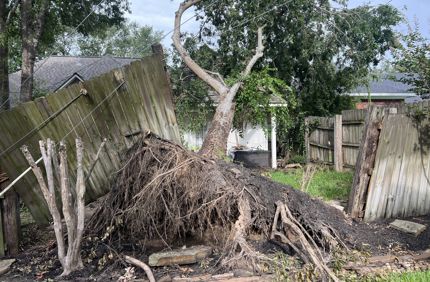
Electric Investor-Owned Utility
After Hurricane Beryl caused over 1 million people to lose power in Houston, Davey crews quickly mobilized to clear the lines of vegetation and debris and make way for restoration crews.

Medical
Davey’s long-term partnership with two Johns Hopkins medical facilities allows patients, staff, and visitors to access the facilities safely regardless of weather conditions.

Medical
Davey crews are on-site 365 days a year to perform grounds maintenance, snow and ice removal, and more for the largest pediatric healthcare system in northeast Ohio.
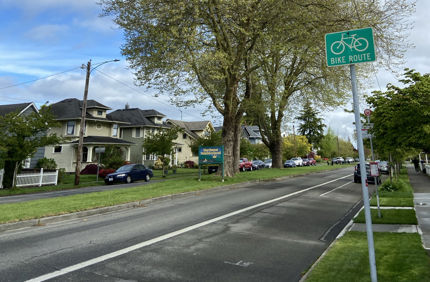
Municipality
DRG conducted a Level 2 Tree Risk Assessment on 65 trees along Colby Avenue in Everett, WA, evaluating tree health and risk ratings. The subsequent report guides tree removal, retention, and care.
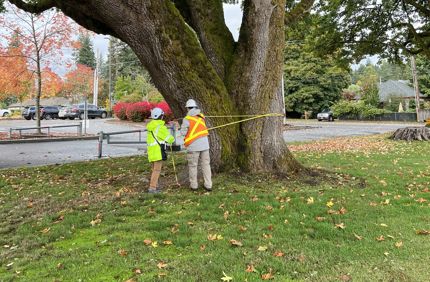
Municipality
The city of Tumwater hired Davey Resource Group to inventory trees across 201 acres, providing professional guidance, a priority planting analysis, and a tree management plan.

Electric Investor-Owned Utility
DRG quickly built up Versant Power’s vegetation work management system in ResourceKeeper, helping the utility simplify its tree trimming efforts.

Medical
Davey’s existing partnership with Chippenham Hospital in Richmond, VA allowed them to oversee construction of a new patio and manage landscape enhancements.
No Results



